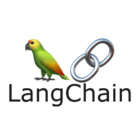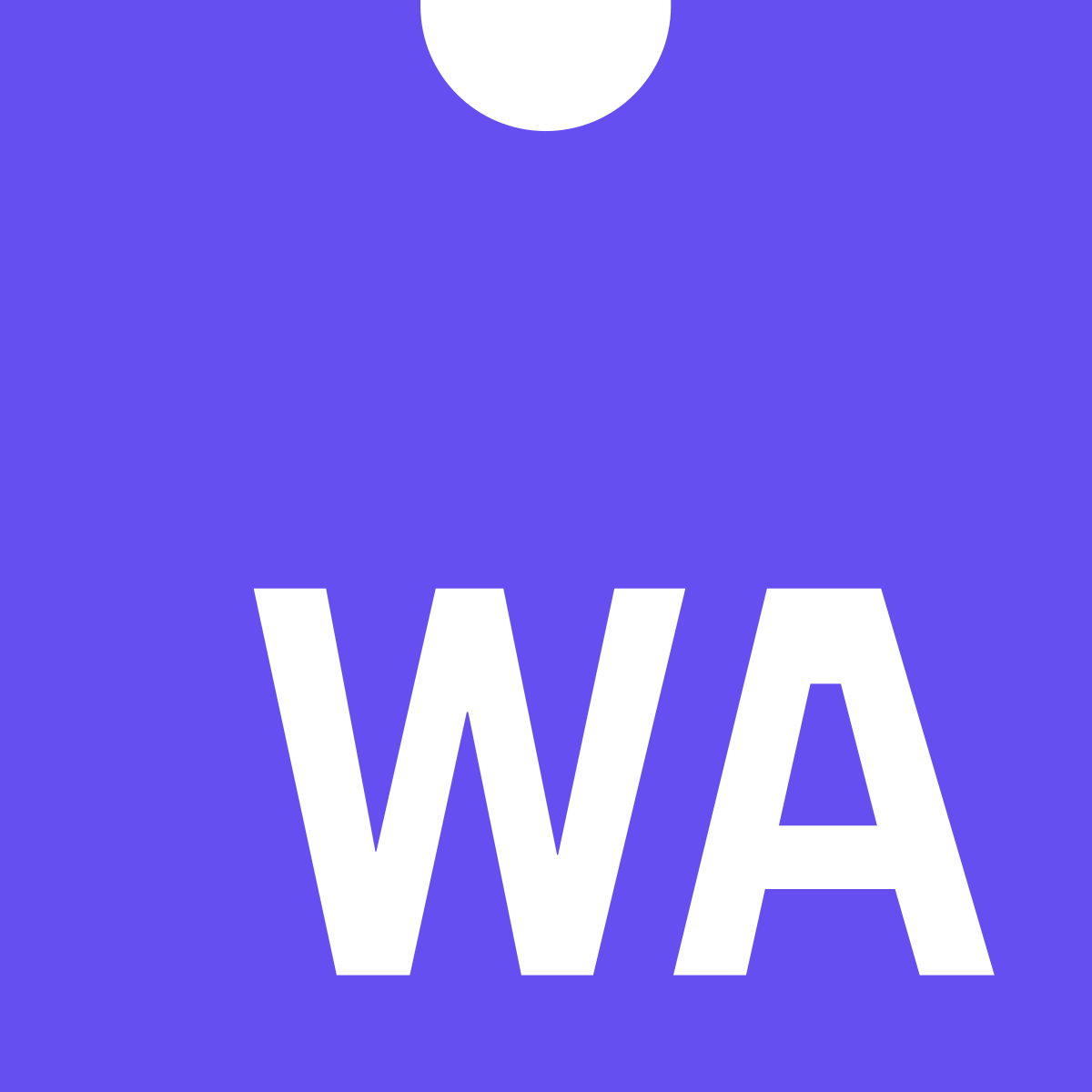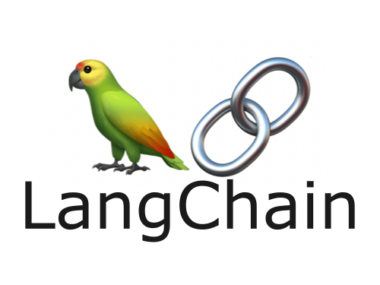WebAssembly (Wasm) is revolutionizing the way developers approach web development by bringing near-native performance to the browser. In this tutorial, you’ll learn what WebAssembly is, how to use it, and how to integrate it into your projects. By the end, you’ll be able to create a basic WebAssembly module and use it in a web application.
What is WebAssembly?
WebAssembly is a low-level binary format designed to run code efficiently in web browsers and other environments. It allows you to use languages like C, C++, and Rust to create high-performance web applications. WebAssembly integrates seamlessly with JavaScript, making it a powerful tool for modern web development.
Why Use WebAssembly?
- Performance: Run compute-intensive code at near-native speeds.
- Portability: Compile code once and run it anywhere.
- Language Flexibility: Use languages other than JavaScript.
- Security: Sandbox environment ensures safe execution.
Prerequisites
To follow this tutorial, you’ll need:
- A text editor (e.g., VS Code).
- Node.js installed on your computer.
- Basic knowledge of JavaScript and web development.
Step 1: Install WebAssembly Tools
We’ll use the Emscripten SDK to compile C or C++ code to WebAssembly.
- Install Emscripten:
git clone https://github.com/emscripten-core/emsdk.git cd emsdk ./emsdk install latest ./emsdk activate latest source ./emsdk_env.sh - Verify the installation:
emcc --version
Step 2: Write a Simple C Program
Create a file called hello.c with the following content:
#include <stdio.h>
int main() {
printf("Hello, WebAssembly!\n");
return 0;
}
Step 3: Compile the C Code to WebAssembly
Use the emcc command to compile the C file to WebAssembly:
emcc hello.c -o hello.html
This generates:
hello.wasm: The WebAssembly binary file.hello.html: An HTML file to run the WebAssembly module.hello.js: JavaScript glue code.
Step 4: Run the WebAssembly Module
- Open the
hello.htmlfile in a browser. - You should see “Hello, WebAssembly!” displayed on the page.
Step 5: Integrate WebAssembly into a Web Application
You can load and run WebAssembly modules directly using JavaScript. Here’s an example:
Create a New Web Page
Create a file called index.html:
<!DOCTYPE html>
<html lang="en">
<head>
<meta charset="UTF-8">
<meta name="viewport" content="width=device-width, initial-scale=1.0">
<title>WebAssembly Example</title>
</head>
<body>
<h1>WebAssembly Demo</h1>
<script>
fetch('hello.wasm')
.then(response => response.arrayBuffer())
.then(buffer => WebAssembly.instantiate(buffer))
.then(({ instance }) => {
console.log('WebAssembly module loaded');
});
</script>
</body>
</html>
Place the hello.wasm file in the same directory as index.html and open the HTML file in your browser.
Step 6: Publish Your WebAssembly App
You can host your WebAssembly app on any static server, such as Netlify or GitHub Pages. Simply upload your index.html and .wasm file to the server.
Conclusion
In this tutorial, you’ve learned the basics of WebAssembly, how to compile a C program to WebAssembly, and how to integrate it into a web application. As you explore further, consider trying out other languages like Rust or Go for your WebAssembly projects.
Happy coding!








